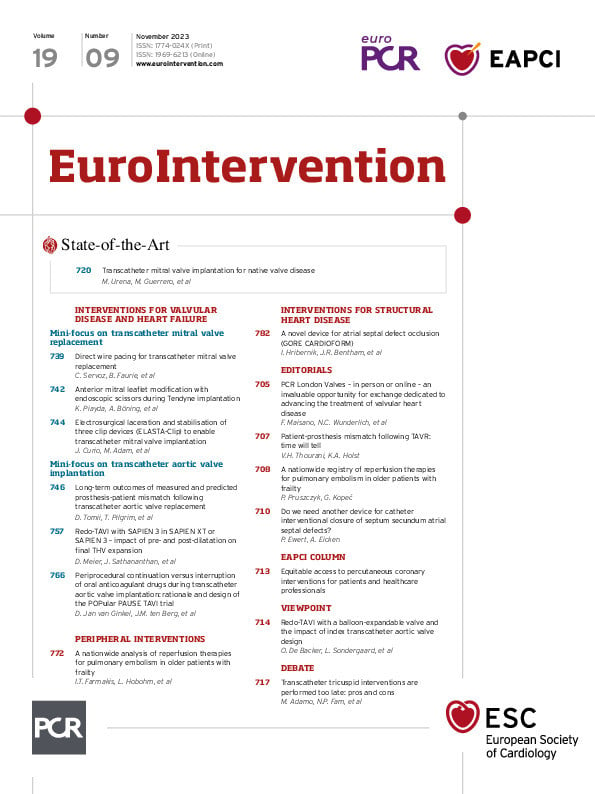Abstract
The GORE CARDIOFORM atrial septal defect (ASD) Occluder (GCA) is composed of a platinum-filled nitinol wire frame covered with expanded polytetrafluoroethylene, making it softer and more conformable compared with nitinol mesh devices. After the ASSURED clinical study confirmed the efficacy and safety of the device, it received U.S. Food and Drug Administration approval and a European conformity mark. Our aim was to understand the learning curve implicated in using the GCA for ASD closure in paediatric and adult patients as well as to study the early outcomes. To this end, a review of ASD device closures with GCA in 4 UK centres was conducted between January 2020 and January 2023. Implantation success was the primary outcome; the secondary outcomes were serious adverse events, including new onset arrhythmia. In all, 135 patients were included, and 128 (95%) had successful ASD device closure with GCA. The median patient age was 49 years, the median defect size was 18 mm, and the median device size was 37 mm. The median follow-up time was 6 months (interquartile range 1-14). One device embolisation...
Sign up for free!
Join us for free and access thousands of articles from EuroIntervention, as well as presentations, videos, cases from PCRonline.com




